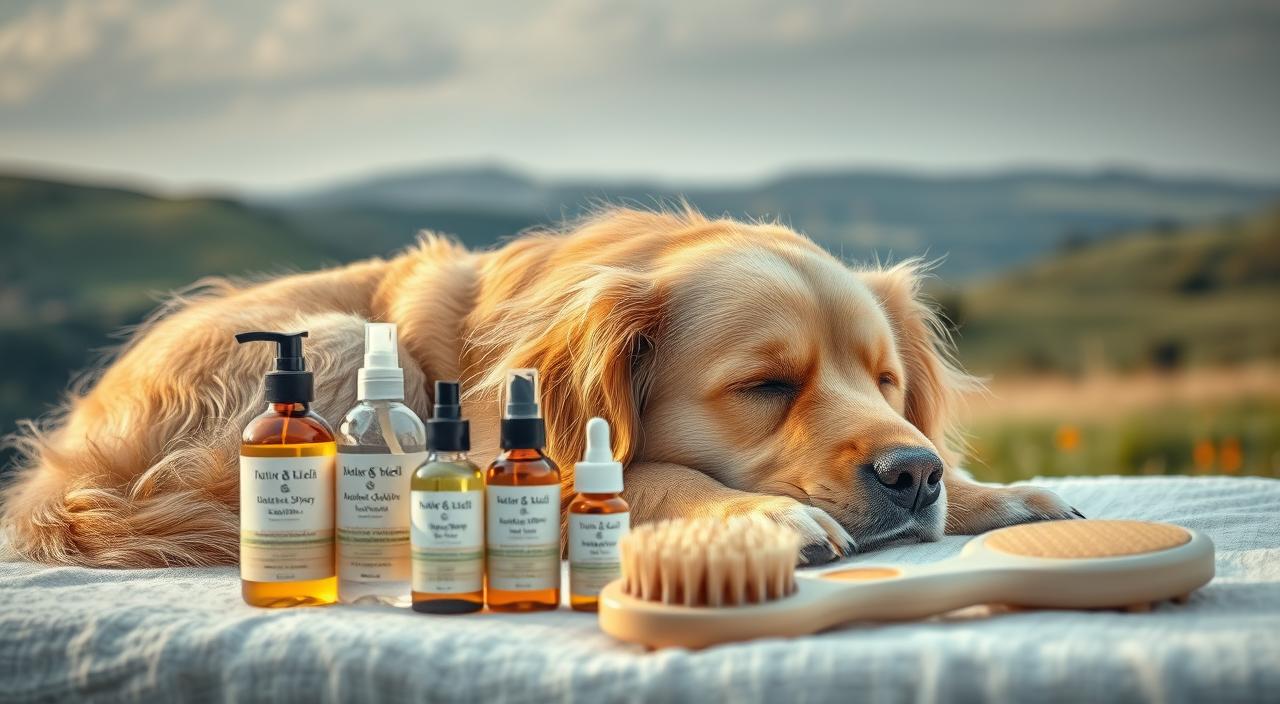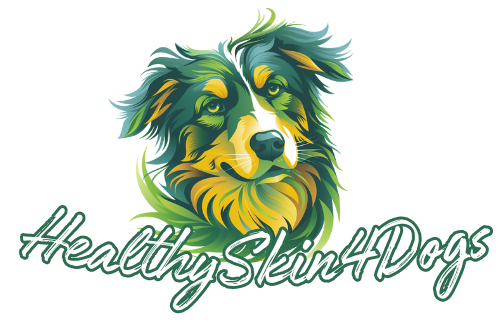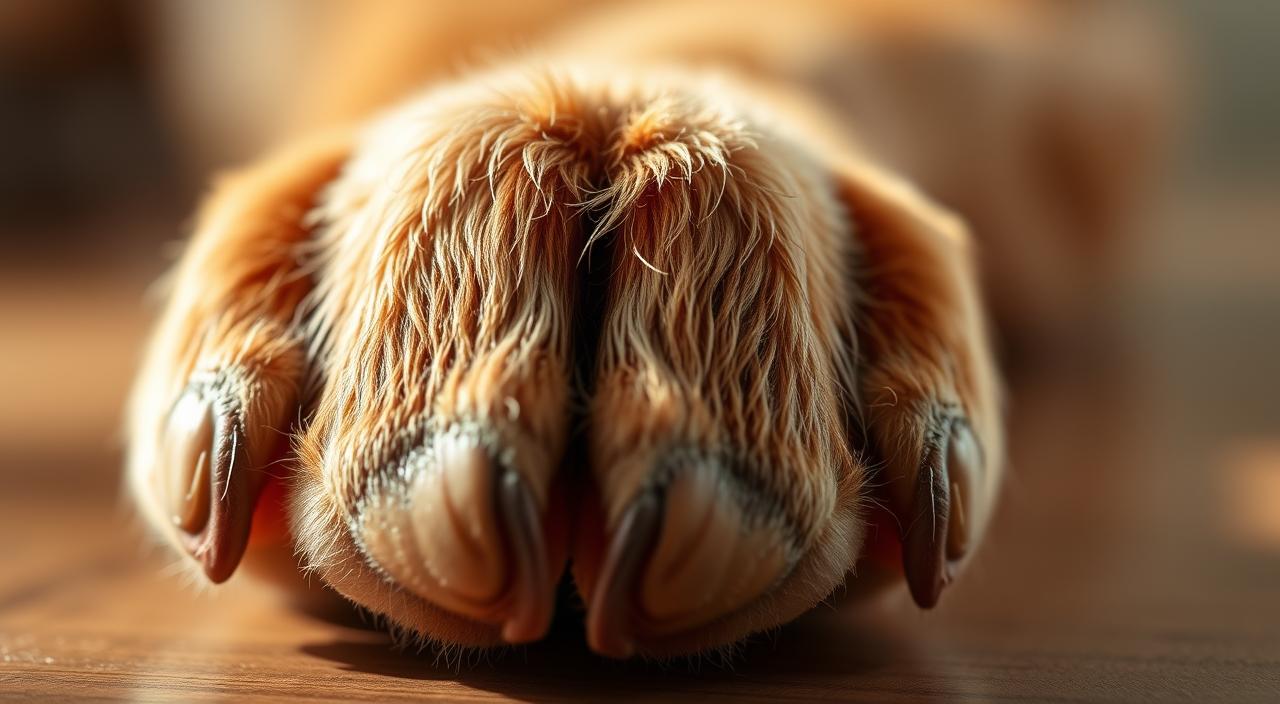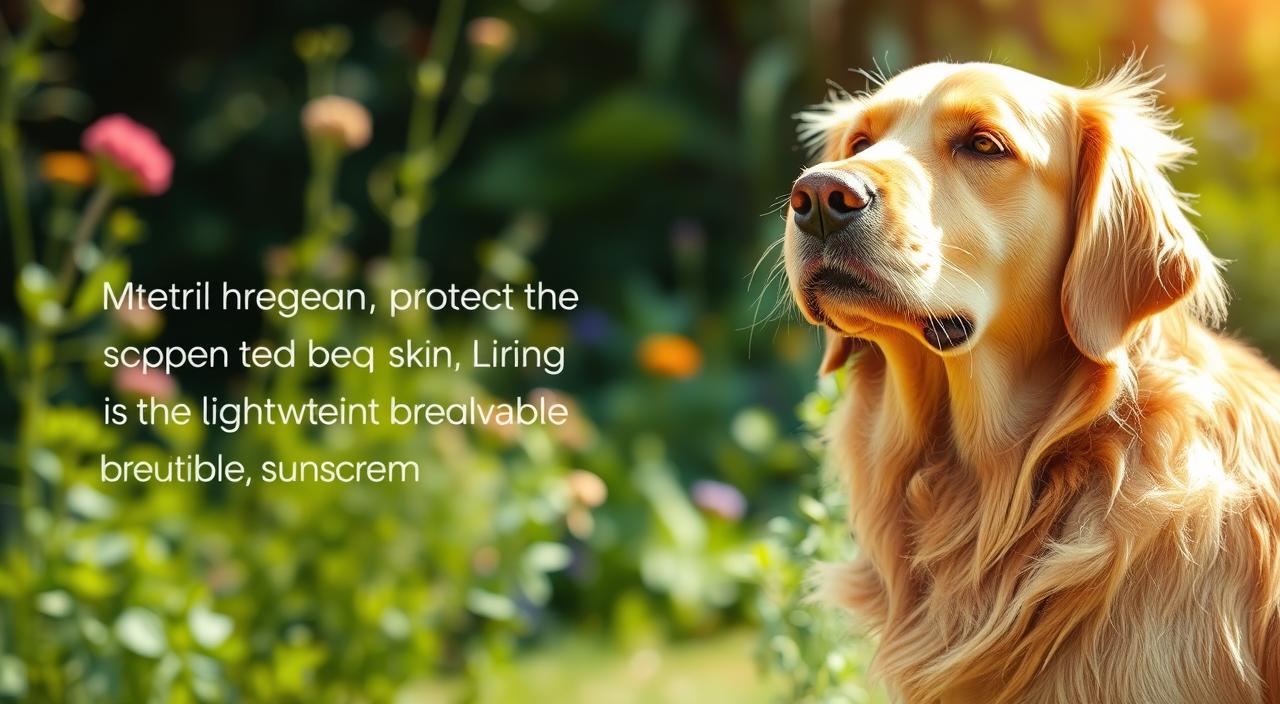You want your pet to look and feel healthy, and how to maintain a shiny dog coat is often the first concern owners raise.
Simple routines—regular baths spaced about once or twice a month and brushing every three to four days—remove dirt and stop mats without stripping natural oils. High-quality food and added omega fatty acids support skin and fur from the inside, while parasite prevention reduces itching that can harm the coat.
We recommend de-shedding tools for heavy shedders, oatmeal baths for itchy skin, and small, veterinary-approved supplements like coconut oil or spirulina when needed. Consistent care saves time and prevents common problems; see a vet if flakes, sudden hair loss, or persistent itch appear.
Key Takeaways
- Bath about once or twice a month—don’t over-wash.
- Brush every 3–4 days; use de-shedding tools for heavy shedders.
- Feed quality food and consider balanced omega supplements.
- Use parasite prevention and soothe allergic skin with oatmeal baths.
- Topical coconut oil and vet-guided herbs can help in moderation.
- Consult a veterinarian for sudden coat changes or persistent issues.
Grooming habits that keep your dog’s coat clean, healthy, and naturally glossy
A predictable grooming routine saves time and keeps skin and fur in better condition. Most dogs do well with one or two baths per month; bathing too often strips natural oils that protect the skin and fur.
Find the right bath rhythm: for active or outdoor dogs, brief gentle baths may be needed more often. Before any bath, brush thoroughly to remove loose fur and surface debris — this helps shampoo reach the skin and reduces tangles.
Brush regularly with breed-appropriate tools
Use slickers for long coats, bristle or rubber curry brushes for short coats, and de-shedding tools for heavy seasonal shedders. Make sure to brush every 3–4 days; short, consistent sessions save time and prevent painful mats.
Choose moisturizing shampoos and gentle conditioners
Select quality, fragrance-free formulas made for sensitive skin. Shampoos with vitamin E and mild conditioners help soothe dog skin and smooth fur. Add oatmeal to the bath if itching is present, and consult a groomer or vet for persistent flakes or redness.
- Towel-dry, then air-dry or use low-heat dryers to avoid frizz.
- Check behind ears, armpits, and hindquarters for rapid matting.
- Keep sessions calm: reward cooperation and take breaks if your pet is anxious.
Nutrition and smart supplements that help your dog’s coat shine from the inside out
Good nutrition is the foundation of a glossy, healthy coat and impacts skin health at every meal. Start with high-quality dog food that lists clear protein sources and essential nutrients. Complete, balanced formulas give the body the building blocks for strong fur and healthy skin.
When checking ingredients, look for named meats, healthy fats, and micronutrients. Poor formulations often link to dull fur and flaky skin. Fresh oils matter: omega-6 sources like sunflower oil should be stored properly because oxidized oils lose effectiveness.

Smart fatty acids and sensible supplement use
Add omega-3 (fish oil or flaxseed) in moderation — benefits often appear in six weeks. Keep portions small to prevent stomach upset. Coconut oil may be offered in tiny amounts or applied topically after a bath; introduce slowly and watch digestion.
- Use fresh oils and store them cold; discard rancid products.
- Offer whole-food add-ins like raw carrots or plain pumpkin for extra nutrition.
- Herbal supplements such as horsetail or spirulina can help but consult your veterinarian for dosing.
Track skin changes and shedding after any diet shift. Incremental changes work best for lasting improvements in the pet’s skin coat and overall health.
How to maintain a shiny dog coat with protective care and soothing add-ons
Keeping parasites away and calming irritated skin helps a pet keep its best look. Fleas, ticks, mites, and worms often trigger scratching that breaks hairs and harms the skin coat.

Stay on top of parasite prevention to avoid itching and coat damage
Use year-round preventatives for fleas and ticks. Timely doses matter—late treatments allow pests back and can undo weeks of progress for a coat healthy appearance.
Soothe sensitive skin with an oatmeal bath when approved by your vet
For mild irritation, finely ground oatmeal in warm water provides a calming soak for five to ten minutes. Rinse well and avoid harsh cleansers that strip natural oils and worsen dryness.
- Check skin during grooming and at each grooming appointment for flakes, hotspots, or thinning.
- Discuss chronic itch or recurring rashes with your veterinarian and schedule a vet appointment if problems persist.
- Pair protective care with good nutrition and regular brushing for steady, shiny healthy results.
| Issue | Action | When to see a vet |
|---|---|---|
| Fleas or ticks | Start year-round preventatives and treat environment | If heavy infestation or ongoing scratching |
| Itchy, red skin | Try oatmeal soak; use mild products that respect natural oils | If redness, odor, or sores continue |
| Patchy thinning | Increase checks during grooming; review diet and supplements | If hair loss progresses or spreads |
Conclusion
Simple, repeatable care habits deliver the longest-lasting improvements in a pet’s fur and skin. Combine steady grooming, monthly baths, parasite prevention, and quality feeding for a visible lift in coat healthy appearance.
Include omega fatty acids and fresh oils in measured amounts and use vet-guided supplements when needed. Thoughtful treats can add nutrients without crowding main food. Oatmeal soaks soothe flare-ups at home.
If irritation or odd shedding continues, book an appointment and review products, oils, and supplement doses. For extra reading on targeted supplements, see this best supplement guide.




